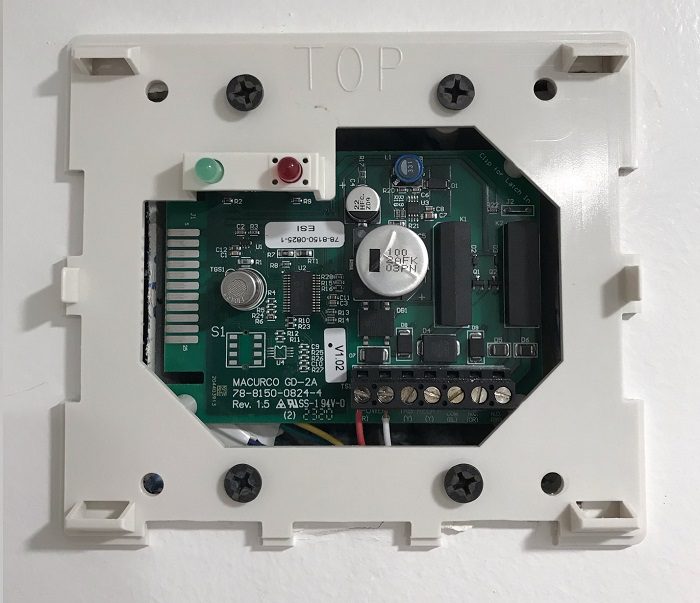Seiche Definition
The term “Seiche” in geology refers to a wave-oscillation, that comes from any surface body of water, that is initiated by an earthquake or changes in atmospheric pressure. For instance, the rippling waters of a lake or at the bay of an ocean.


